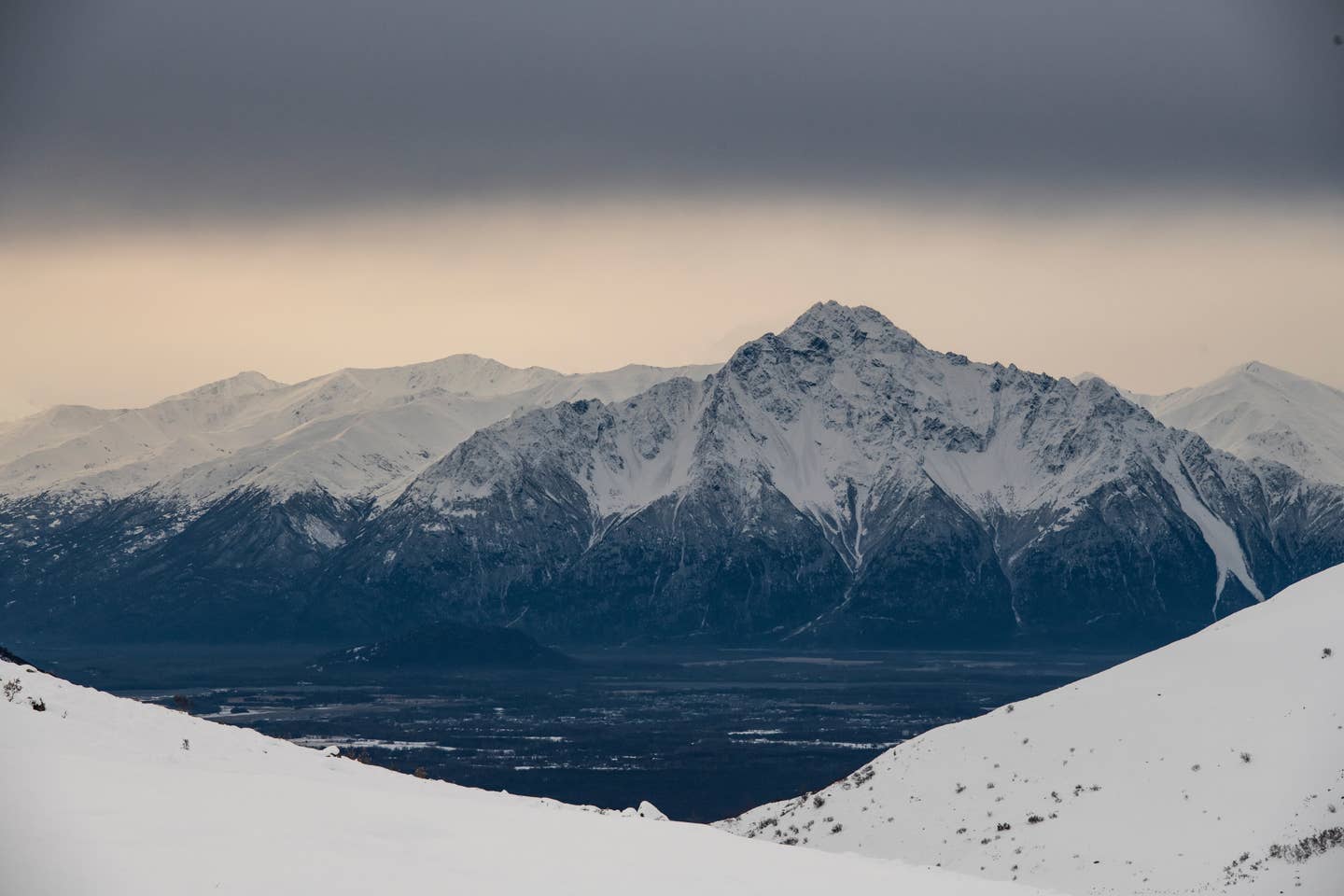Off-Airport Alaska Landing Leads to Unnecessary Search for Pilot
The 23-year-old Taylorcraft operator was apparently rescued by another pilot.

The nose-over happened near Hatcher Pass, Alaska. [File Photo: Adobe Stock]
The agencies that perform search and rescue—be it the Civil Air Patrol, Air National Guard, or State Troopers—train year-round to find aircraft and pilots that experience unplanned off-airport landings.
Rarely is the pilot in an off-airport landing able to be rescued without these services, but that's what happened in Alaska last week where the pilot of a 1946 Taylorcraft experienced a nose-over during such a landing near Hatcher Pass, Alaska.
The good news is the pilot, the sole occupant of the aircraft, was not injured, and he was rescued by another pilot. The bad news is that the emergency locator transmitter (ELT) activated, triggering a multiday search for both the aircraft and the pilot.
The Taylorcraft is registered to 23-year-old Tyler J. Haroldson of Palmer, Alaska. He has been identified as the pilot of the aircraft at the time of the incident.
"With Alaska’s highly active private pilot community, we are hoping that instances like this can be a demonstration of the resources that Alaska’s search and rescue authorities will expend to locate and rescue pilots if they crash or require emergency assistance."
Tim DeSpain, Alaska Department of Public Safety public information officer, in an email to FLYING
According to the Alaska State Patrol, Haroldson made a hard landing on Lynx Peak near Hatcher Pass on February 5. The aircraft went over on its back in the snow, rendering it unairworthy. Another pilot was able to rescue him, and the damaged aircraft was left behind.
That might have been the end of the story had the accident pilot notified authorities that he was safe.
The state patrol became involved on February 6 when another pilot reported picking up the aircraft's emergency locator transmitter in the vicinity of Parks Highway near Willow and Talkeetna in southeast Alaska.
Although there were no reports of distress calls or overdue aircraft, a search for the source of the ELT began. Members of the Civil Air Patrol began the search on February 6.
"Eight CAP volunteer aircrew members searched for a total of five hours over multiple days, often being hampered by high winds and low visibility due to severe weather in the area, and also conducted a 13-hour ground search in an attempt to identify and locate the beacon," According to the State Trooper Dispatch, on the Alaska State Troopers website
Alaska Wildlife Troopers and the National Guard also joined in the search by helicopter but failed to locate the aircraft.
On February 10, CAP volunteers located the overturned accident aircraft in the area of Lynx Peak near Hatcher Pass. A rescue team from the Alaska Air National Guard immediately flew to the site and found the airplane empty with no signs that anyone had been injured. There were human footprints leading away from the aircraft. The servicemembers followed the tracks up the mountain where they stopped, and they were not able to locate any indication of the pilot’s current location.
Finding no sign of the pilot, the authorities began the efforts to determine if he had already been rescued. On February 10, they were able to reach him by telephone.
According to the Dispatch, Haroldson told authorities that "while attempting to land, his plane experienced a mechanical problem causing a hard landing. The aircraft was no longer airworthy, and he departed the area with another pilot in a different plane."
Efforts to reach Haroldson for comment were unsuccessful.
In an email, Tim DeSpain, Alaska Department of Public Safety public information officer stated, "With Alaska’s highly active private pilot community, we are hoping that instances like this can be a demonstration of the resources that Alaska’s search and rescue authorities will expend to locate and rescue pilots if they crash or require emergency assistance. We ask that pilots help us by notifying federal officials and search and rescue authorities of abandoned aircraft in the backcountry or minor crashes where the pilot self-rescues so that we will be available to respond to other calls for help that may come in."
The NTSB has since been notified of the incident.
DeSpain noted that the search effort cost thousands of dollars, but "at this time there are no plans by the Alaska State Troopers to fine or attempt to recoup the cost of the search from the pilot, as Alaska law does not have any avenue to accomplish that."

Subscribe to Our Newsletter
Get the latest FLYING stories delivered directly to your inbox






